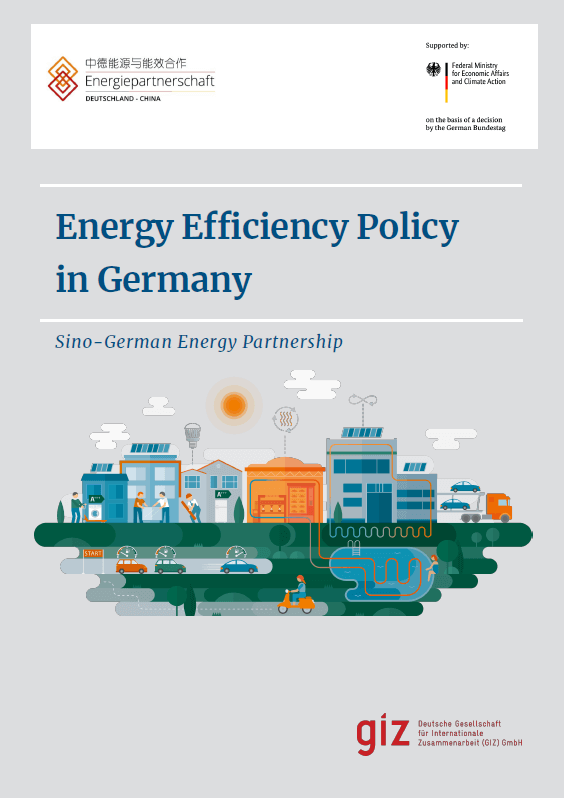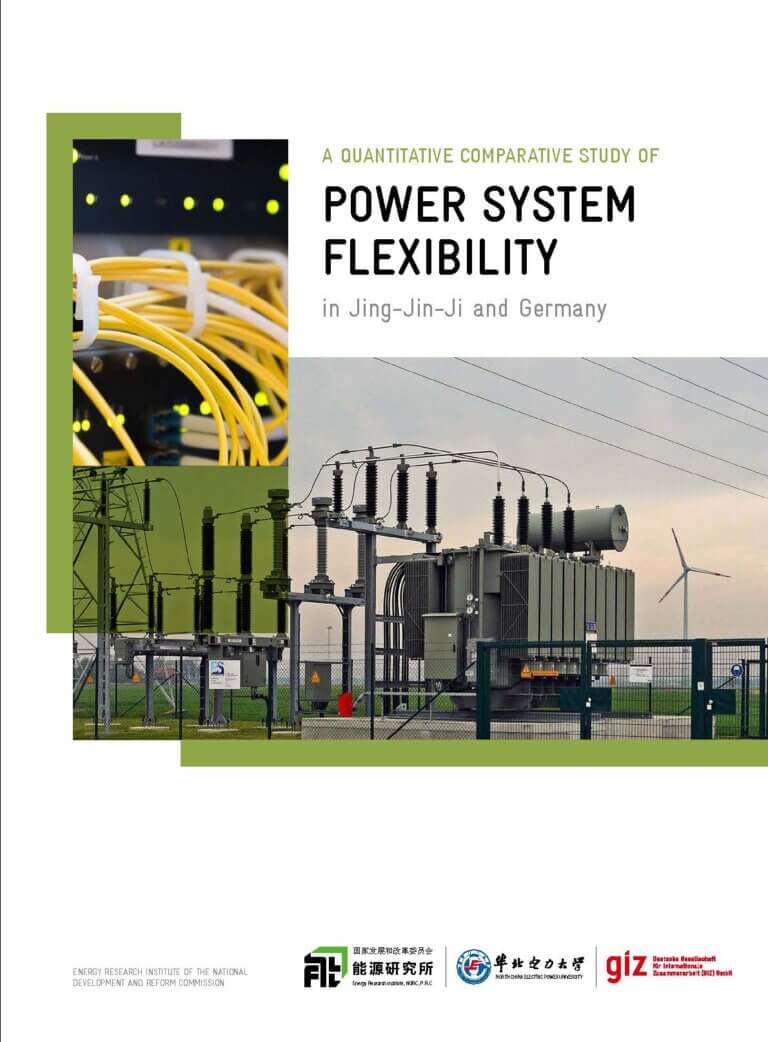
Sino-German Cooperation on Energy Efficiency Deepened
7th Meeting of the Sino-German Working Group on Energy Efficiency On 20 January 2022, the 7th annual meeting of the Sino-German Working Group on Energy Efficiency between the German Federal Ministry for Economic Affairs and Climate Action (BMWK) and the National Development and Reform Commission of












